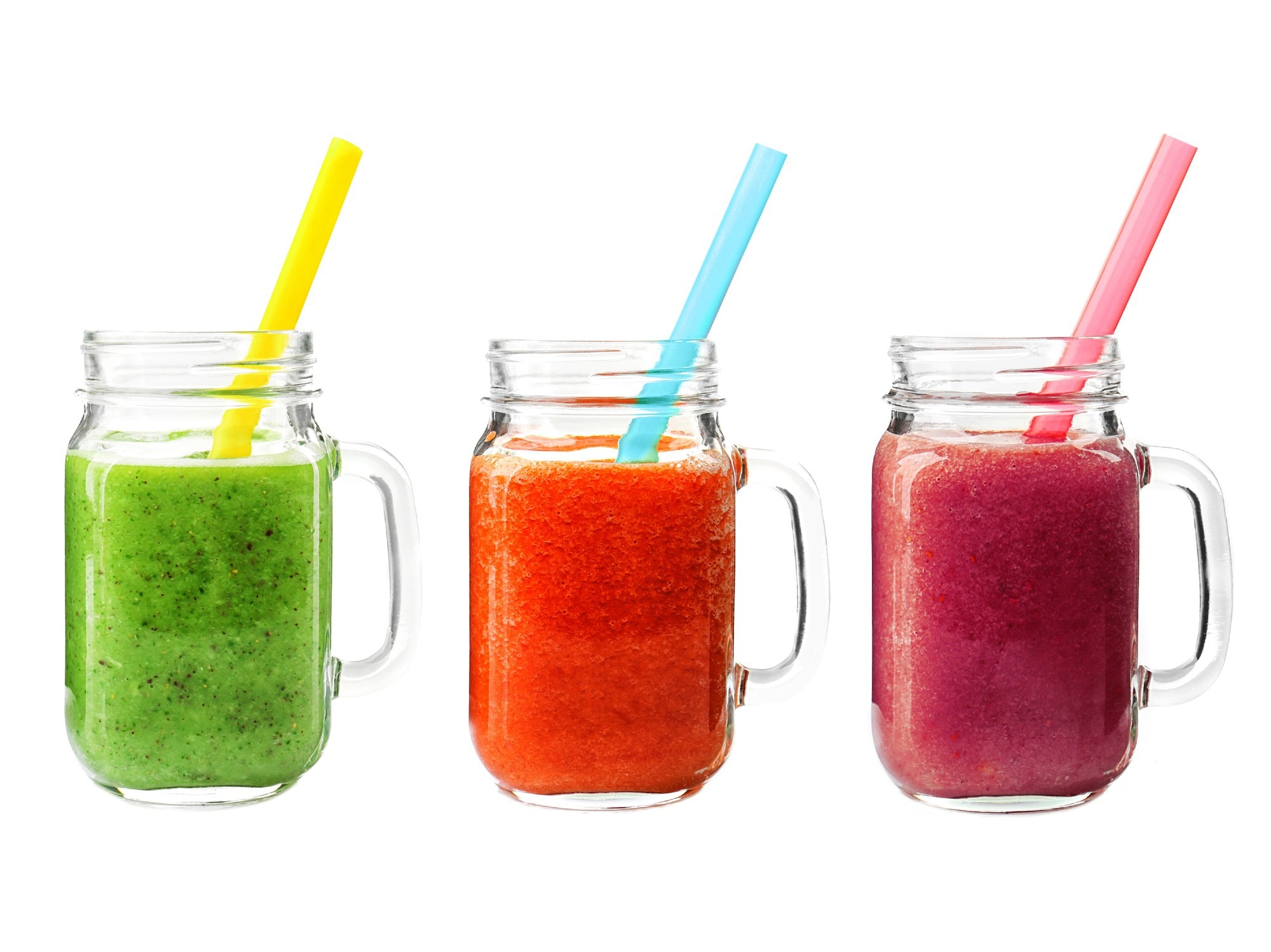Adding tomato and mixed fruit juices to children’s asthma treatment led to better symptom control and happier, healthier lives, without side effects, say Thai researchers in a new clinical trial.
 Study: Effectiveness of an antioxidant-rich diet on childhood asthma outcomes: A randomized controlled trial. Image Credit: Africa Studio / Shutterstock
Study: Effectiveness of an antioxidant-rich diet on childhood asthma outcomes: A randomized controlled trial. Image Credit: Africa Studio / Shutterstock
In a recent study published in the journal BMC Nutrition, researchers evaluated the effects of an antioxidant-rich diet on asthma outcomes in children.
Asthma is one of the most common chronic diseases in children. The prevalence and incidence of asthma have steadily increased in various age groups over the past decades worldwide. In 2012, asthma prevalence was 9% in children aged 6–12 in Bangkok, Thailand. Given the chronic nature of the illness, asthma patients require long-term disease management.
However, medication adherence, particularly with inhaled corticosteroids (ICS), remains a significant challenge. Oxidative stress contributes to inflammatory processes in the airways of asthmatic patients. As such, an antioxidant-rich diet may augment asthmatic outcomes, but evidence on antioxidant-rich diets and asthma control is scarce.
About the study
In the present study, researchers examined clinical outcomes, pulmonary function, and serum antioxidant levels in asthmatic children in Thailand. Asthmatic children registered at an outpatient department of two primary care settings in southern Thailand were enrolled between October 5, 2021, and May 11, 2022. Eligible patients were aged 4–15 years, with physician-diagnosed moderately or mildly persistent asthma and ICS treatment within the past two years.
Individuals were excluded if they had an airway infection within the past four weeks, acute asthmatic exacerbation within the past three months, chronic diseases (psychiatric, renal, neurological, pulmonary, or cardiovascular conditions), or consumed high doses of supplements like lycopene, ascorbic acid, or beta-carotene in the past three months. This study was a randomized, parallel, controlled trial spanning eight weeks.
Participants were randomized to the intervention or control group. The control group received conventional usual care, whereas the intervention group received usual care and mixed fruit and tomato juices. Participants completed a questionnaire on sociodemographics, asthmatic clinical data, history of related allergic conditions, and medication use.
Further, a modified asthma control test (ACT) was administered. An ACT score ≥ 20 indicated well-controlled asthma, while a score below 20 indicated uncontrolled or partially controlled asthma. The Pediatric Asthma Quality of Life Questionnaire (PAQLQ) was also administered. Pulmonary function was tested using a mobile spirometer.
Further, serum antioxidants (ascorbic acid, lycopene, and beta-carotene) were measured. Measurements and questionnaires were administered at baseline and the end of the trial (eight weeks later). Fisher’s exact test was used to assess the correlation between the intake frequency of the antioxidant-rich diet and the level of asthma control. Student’s t-test was used to examine the associations between serum antioxidants and asthma control level.
The study also assessed the palatability and adherence to the juice intervention. Participants in the intervention group were instructed to consume tomato and mixed fruit juice daily, and compliance was carefully monitored.
Findings
In total, 48 and 33 participants were randomized to the intervention and control groups, respectively. Of these, 80 completed the trial, as one control group subject was lost to follow-up. However, only 46 subjects (29 intervention and 17 control participants) had complete measures of serum antioxidants. No adverse events were reported with the antioxidant-rich diet.
Baseline sociodemographic characteristics were comparable between groups. Mean pulmonary function test results differed between the two groups at baseline, although these differences were not statistically significant. The team observed a non-significant difference in the frequency of consumption of vegetables, fruits, and juices between participants with well-controlled and uncontrolled asthma.
Baseline levels of serum antioxidants were non-significantly different between participants with uncontrolled and well-controlled asthma. At the end of the trial, the ACT score was significantly higher in the intervention group than in the control group. Likewise, PAQLQ also showed a significantly higher change in the intervention group than in controls. ICS use was not different between the intervention and control groups.
Notably, there were no significant differences in forced vital capacity (FVC), forced expiratory flow between 25% and 75% (FEF25%–75%), forced expiratory volume in one second (FEV1), and percent of FEV1/FVC between the two groups. Although serum antioxidant levels in the intervention group showed slight increases, particularly for beta-carotene, only the within-group change for beta-carotene was statistically significant; however, the difference between intervention and control groups was not significant. No serious adverse events were identified; only two subjects complained of abdominal bloating or nausea.
Importantly, compliance with the juice intervention was high, with 95.8% of the intervention group consuming at least 75% of the expected total juice volume. Approximately half of the participants rated the juice as favorable or most favorable in terms of taste, supporting the palatability and practicality of this dietary approach.
The authors noted several limitations, including the small sample size (due in part to the COVID-19 pandemic), the short duration of intervention, and incomplete blood sample data for some participants. Additionally, most children had only mild asthma at baseline, which may have limited the ability to observe changes in pulmonary function or ICS usage.
The study was conducted at two primary care settings in southern Thailand, which may affect the generalizability of the findings beyond similar healthcare environments.
Conclusions
In sum, the consumption of tomato and mixed-fruit juices for eight weeks improved asthma symptom control and quality of life in children. Serum beta-carotene increased within the intervention group, though this was not significantly different compared to controls. However, pulmonary function, ICS usage, and between-group antioxidant levels were unaffected by the intervention. High compliance and favorable palatability were observed, and only mild, transient side effects occurred. Given these findings and the study's limitations, mixed fruit and tomato juices may be a well-tolerated adjuvant non-pharmacological intervention for childhood asthma, though larger and longer-term studies are warranted.